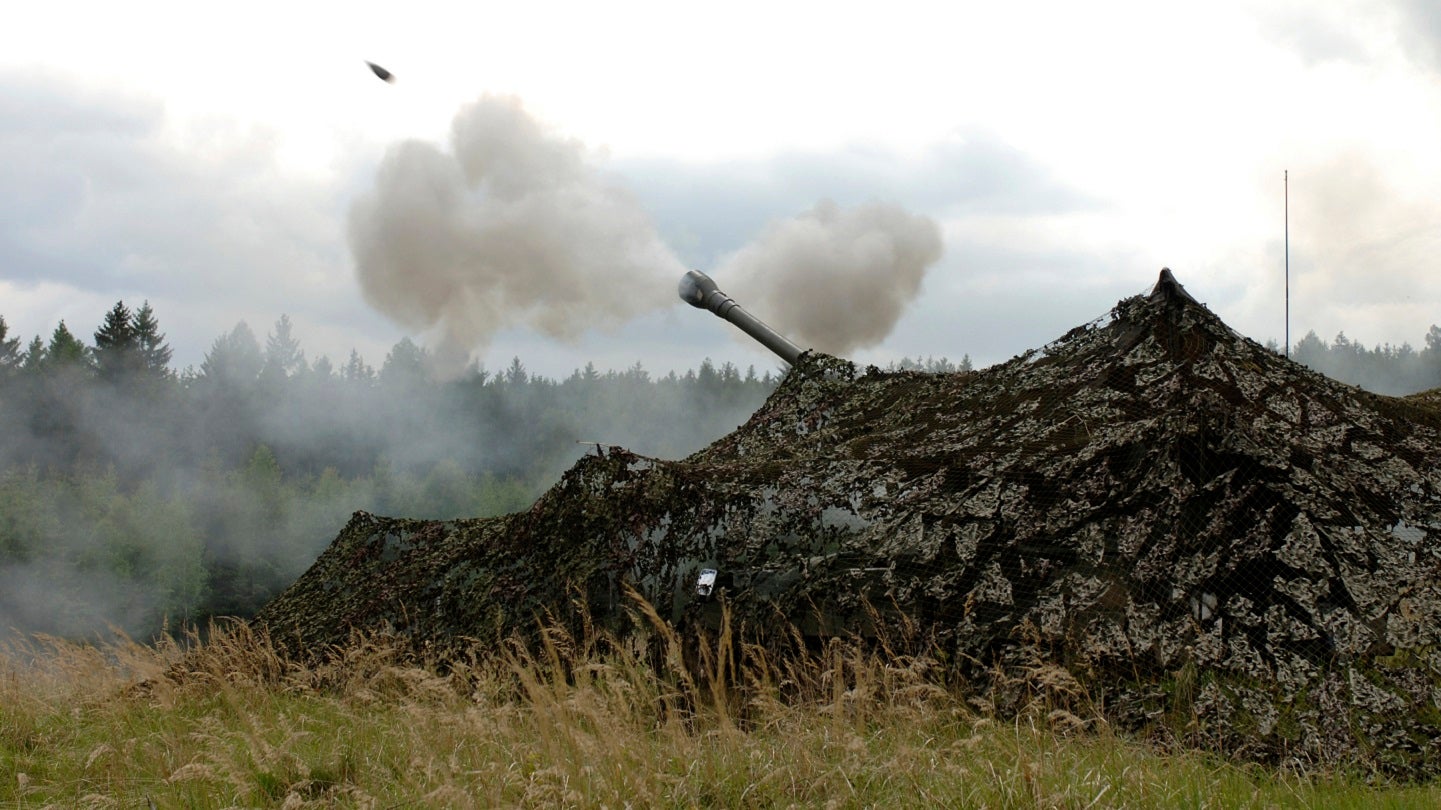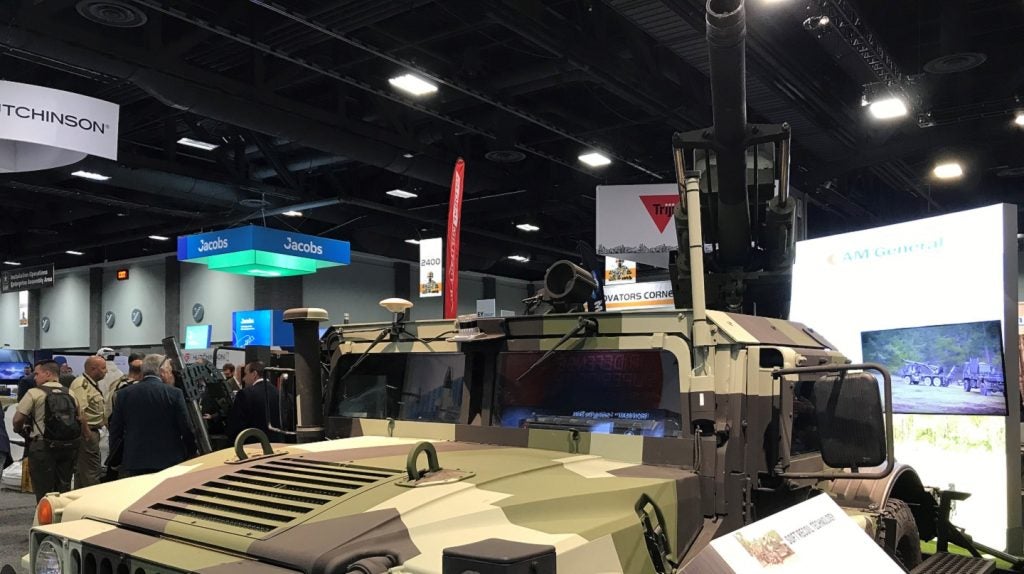
The UK Ministry of Defence (MoD) is seeking to deliver an interim medium-range land fires capability to the British Army within the next 12 months in an apparent attempt to bridge a looming capability gap, one created by the provision of the in-service 155mm AS90 self-propelled gun to Ukraine, that won’t be fully resolved until the introduction of a new artillery platform under the Mobile Fires Platform (MFP) programme.
Although the AS90 was planned to be retired towards the end of the decade, the need to provide Ukraine with viable artillery systems in its war against Russia saw the provision of a range of military equipment by the UK to Kyiv, including 24 of its remaining 80-90 AS90 platforms, a handful of M270 multiple launch rocket systems, and 14 Challenger 2 main battle tanks, among other items.
According to the UK Defence in Numbers document released by the MoD on 22 February, 64 artillery guns have been given to Ukraine, likely the L118 105mm light gun drawn from the British Army. It is known that vehicles traditionally attached to artillery regiment such as the Pinzgauer have also been donated.
Speaking to the UK defence committee on 21 February, Lt Gen Robert Andrew Magowan, Deputy Chief of the Defence Staff at the MoD, told members that there were efforts to “speed up” the main MFP programme, that was looking at a timeline towards the end of the 2020s.
“Therefore, we are working with partners to deliver an interim capability within 12 months. So, a fully capable, medium indirect fires is the target we are setting ourselves to meet the gap between what we have done with AS90 and what is going to appear towards the end of the decade,” Magowan said.
The UK Secretary of State for Defence Ben Wallace first announced the intention to deliver an interim medium-range land fires capability in January when outlining the landmark provision of Challenger 2 and AS90 to Ukraine, although no timeframe was given.
How well do you really know your competitors?
Access the most comprehensive Company Profiles on the market, powered by GlobalData. Save hours of research. Gain competitive edge.

Thank you!
Your download email will arrive shortly
Not ready to buy yet? Download a free sample
We are confident about the unique quality of our Company Profiles. However, we want you to make the most beneficial decision for your business, so we offer a free sample that you can download by submitting the below form
By GlobalDataWhat options are available?
Quite what such an interim capability would consist of was not disclosed, but some existing UK test and trials programmes could provide some indication as to what type of platform and gun system could be utilised.

One solution could see the L118 105mm, manufactured by BAE Systems and in service with the British Army, fitted to an HMT 6×6 utility vehicle produced by UK company Supacat. Showcased at the DVD 2022 event last year, the solution is similar to a US system also being developed, visible at AUSA in 2022 (pictured), which saw a 105mm artillery system fitted to a striped-down AM General HMMVW.
An alternative could see the creation of additional indirect/direct fires capability through Project Wolfram, which is being undertaken by the MoD and industry stakeholders, to explore the potential to mount the Brimstone missile onto a flatbed truck, providing a strike range of about 20km.
Both of the above projects offer the advantage of kinetic delivery systems and mobile platforms that are in service with the British Army, meaning reducing workup and training time would be required.







